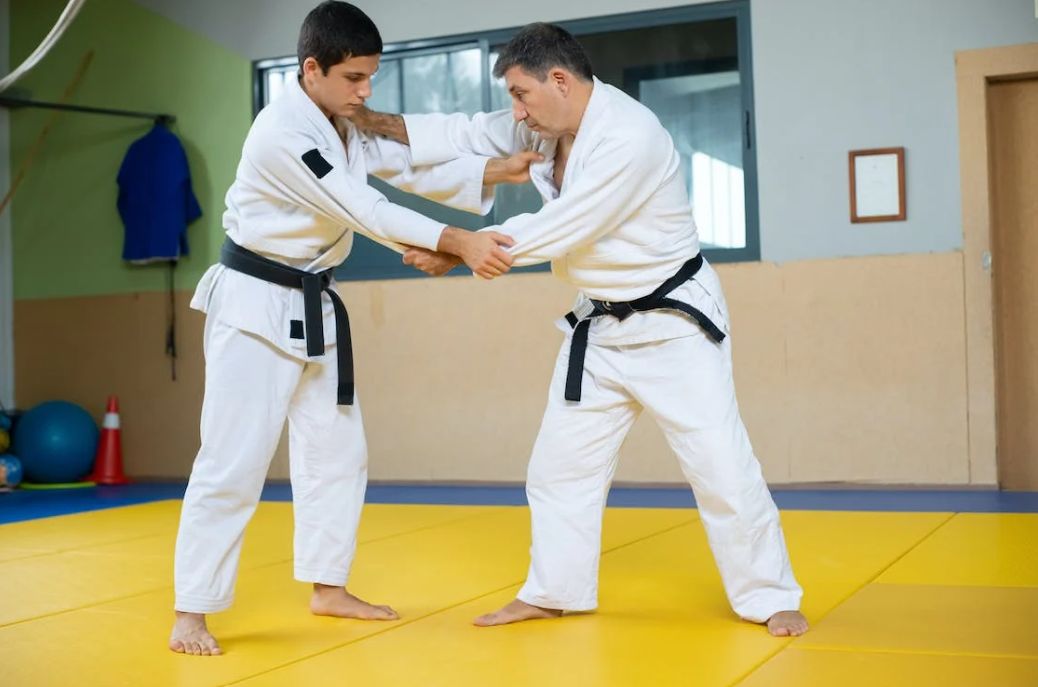
Grappling martial arts encompass a diverse range of combat disciplines that emphasize close-range techniques, ground fighting, and the art of controlling an opponent through holds, locks, and submissions. These martial arts styles have a rich history, practical applications, and have made a significant impact in both self-defense scenarios and competitive combat sports. In this article, we will delve into the world of grappling martial arts, exploring their origins, techniques, training methods, and the influence they have had on the martial arts landscape.
Origins and Cultural Significance
Grappling martial arts have deep roots in various cultures across the globe. From ancient civilizations to modern times, grappling techniques have been practiced in different regions. Styles such as Brazilian Jiu-Jitsu, Judo, and wrestling have distinct lineages and cultural significance. These arts often trace their origins to military combat, self-defense systems, and traditional practices of physical education.
Techniques and Strategies
Grappling martial arts employ a wide array of techniques designed to gain control over an opponent. These techniques include takedowns, throws, sweeps, joint locks, chokes, and positional control on the ground. Each style has its own unique approach and emphasis. Brazilian Jiu-Jitsu, for example, focuses on ground fighting, submissions, and utilizing leverage and technique to overcome size and strength disparities. Judo emphasizes throws and takedowns, while wrestling focuses on takedowns, pinning, and controlling an opponent on the mat.
Training Methods and Conditioning
Training in grappling martial arts involves a combination of technical drills, live sparring, and physical conditioning. Practitioners undergo rigorous training to develop strength, endurance, flexibility, and agility. Techniques are drilled repetitively to refine execution and muscle memory. Grappling training also requires mental focus, problem-solving skills, and adaptability to different situations and opponents.
Competition and Sportive Expression
Grappling martial arts offer a competitive platform for practitioners to test their skills. Styles like Brazilian Jiu-Jitsu, Judo, and wrestling have organized tournaments and competitions that showcase athletes’ grappling prowess. These events feature weight classes, rulesets, and scoring systems that regulate the matches and ensure fair competition. Competitors aim to secure takedowns, gain positional control, and achieve submissions or point advantages to win.
Self-Defense Applications
Grappling martial arts provide valuable self-defense skills that are practical and effective in real-life situations. The ability to control an opponent on the ground, apply joint locks, or execute chokes can neutralize threats without relying on strikes or kicks. Grappling techniques allow individuals to defend themselves, maintain control, and subdue attackers with minimal harm.
Grappling in Mixed Martial Arts
Grappling martial arts have played a significant role in the development of mixed martial arts (MMA). The integration of grappling techniques from arts such as Brazilian Jiu-Jitsu, Judo, and wrestling has become essential for success in MMA competitions. Fighters with a strong grappling background have showcased their skills in securing takedowns, controlling positions, and submitting opponents. Grappling has become a fundamental aspect of a well-rounded skill set for MMA fighters.
Health and Fitness Benefits
Engaging in grappling martial arts offers numerous health and fitness benefits. The intense physical activity involved in training improves cardiovascular endurance, muscular strength, and flexibility. Grappling training also enhances coordination, balance, and body awareness. The mental aspects of grappling, such as problem-solving and strategic thinking, contribute to mental agility and stress reduction.
Grappling as a Martial Art Lifestyle
Beyond the physical techniques, grappling martial arts encompass a way of life and a philosophy. Practitioners embrace values of discipline, respect, perseverance, and personal growth. Grappling arts promote humility, as practitioners learn to handle both success and defeat. The grappling community often fosters a supportive and inclusive environment, where practitioners build camaraderie and respect for one another.
Innovation and Evolution
Grappling martial arts continue to evolve as practitioners explore new techniques, strategies, and approaches. The integration of different styles and cross-training has led to the development of hybrid grappling systems. Innovations in positions, transitions, and submissions continue to emerge, pushing the boundaries of what is possible within the realm of grappling.
Grappling martial arts represent a fascinating and multifaceted aspect of combat disciplines. From their cultural origins to their practical applications, these arts offer effective self-defense techniques, competitive opportunities, and a path to personal growth. As grappling martial arts continue to evolve, their influence on the martial arts landscape and combat sports remains profound, captivating practitioners and enthusiasts worldwide.